The CRCB Program closed in December 2024. This page is no longer being updated.
Climate adaptation and resilience plans are community-specific assessments that evaluate the impacts that extreme climate events, like wildfires and floods, may have on communities and natural environments. They also identify actions for local governments to increase their resilience to a changing climate.
The Database of Municipal Climate Adaptation Plans brought together all publicly available municipal climate adaptation and resilience plans and climate risk and vulnerability assessments that were developed by municipalities in Alberta as of July 2024.
Use this resource to learn about the variety of approaches to climate adaptation planning underway in Alberta. This database helps identify opportunities for staff to connect with peer and neighbouring municipalities that are advancing climate adaptation in their communities.
About the Plans
These plans outline regional climate trends and projected environmental changes specific to a local context. Adaptation planning typically takes local governments through the following iterative process:
- Defining the context and scope of local climate change impacts
- Assessing risks and opportunities, based on the likelihood and consequences of climate change impacts
- Formulating adaptation actions to increase resilience to these risks and maximize opportunities
- Preparing to implement adaptation actions and monitor progress
The database provides a snapshot of the following aspects of these adaptation plans:
- Scope
- Methodology used to assess risks and identify adaptation actions
- Number and description of priority climate risks
- Number and description of climate opportunities
- Number of adaptation actions
- Social equity lens – to what extent does the plan consider disproportionate impacts to equity-deserving groups?
- Community engagement – to what extent does the plan consider community engagement in its design and delivery?
- Implementation – to what extent does the plan consider implementation of actions?
Ranging in scope, these plans may be sector-specific (such as the Strathcona County Astotin Creek Resiliency Action Plan); focused on corporate assets and services (such as the City of Leduc Weather and Climate Readiness Plan); or assess community-wide impacts to infrastructure, private property, people and communities, the natural environment, and the local economy (such as the Town of Okotoks Climate Resilience Action Plan).
These plans follow several approaches to assessing climate risks, including the Public Infrastructure Engineering Vulnerability Committee (PIEVC) High Level Screening Guide and the Climate Resilience Express (developed by All One Sky Foundation and the Municipal Climate Change Action Centre).
All Plans
-

Sturgeon County | 2022
Sturgeon County Climate Adaptation Action Plan
-
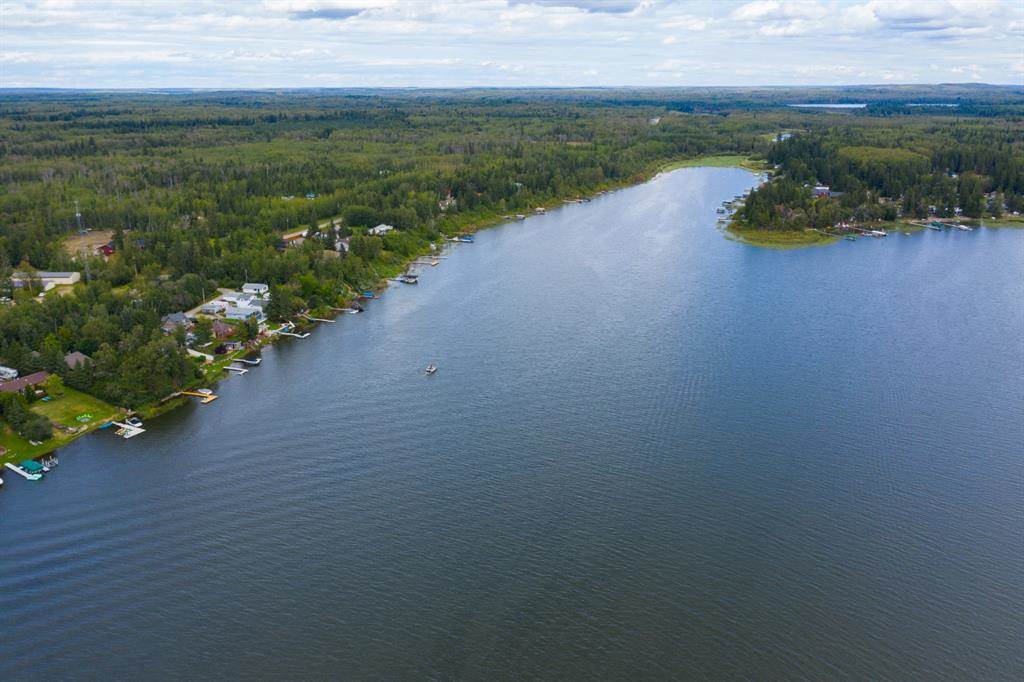
Bondiss | 2023
Summer Village of Bondiss Climate Adaptation Plan
-

Sylvan Lake | 2018
Sylvan Lake Climate Resilience Action Plan
-
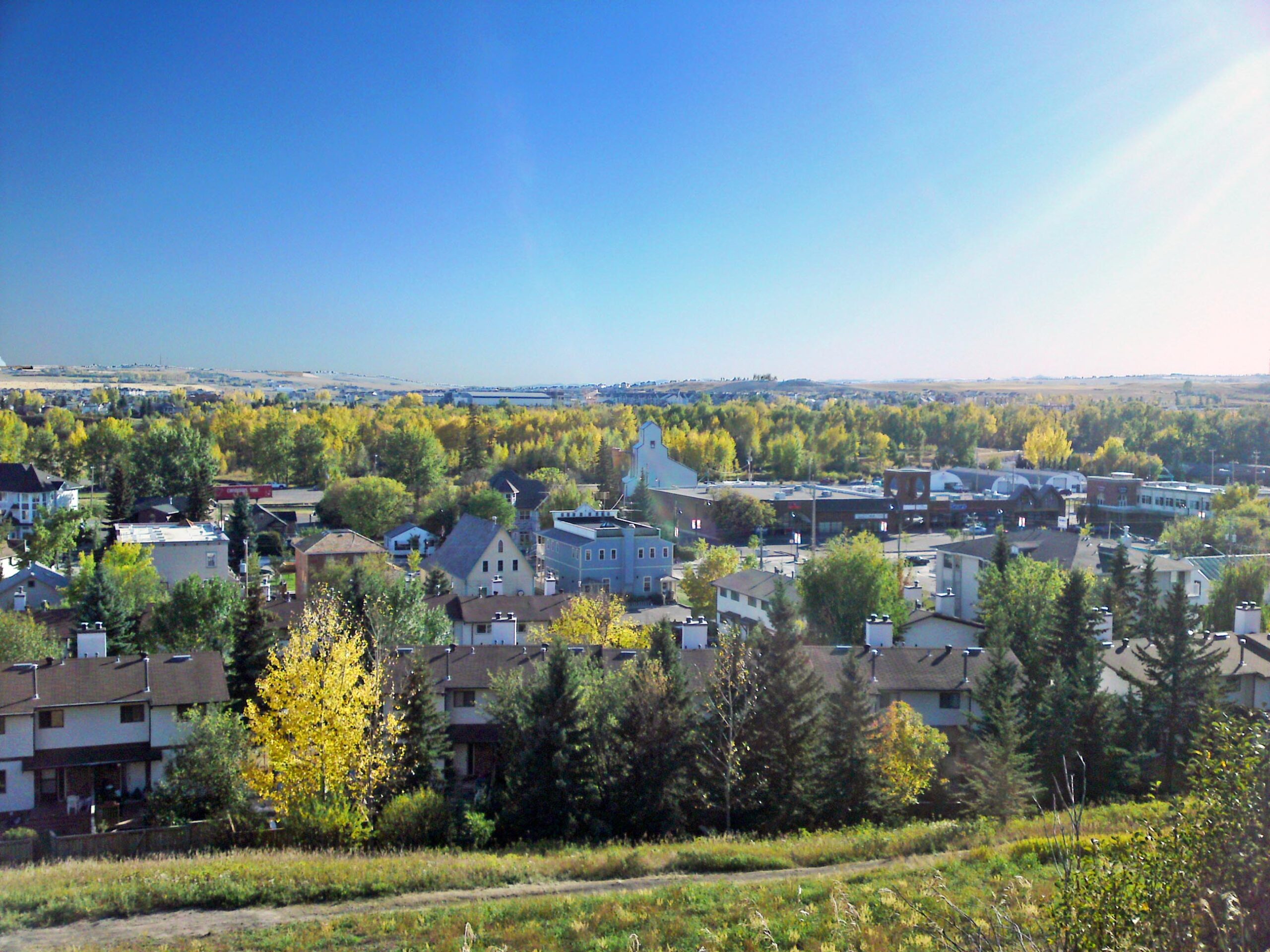
Okotoks | 2021
Resilient Okotoks: Climate Action Plan 2021-2033
-
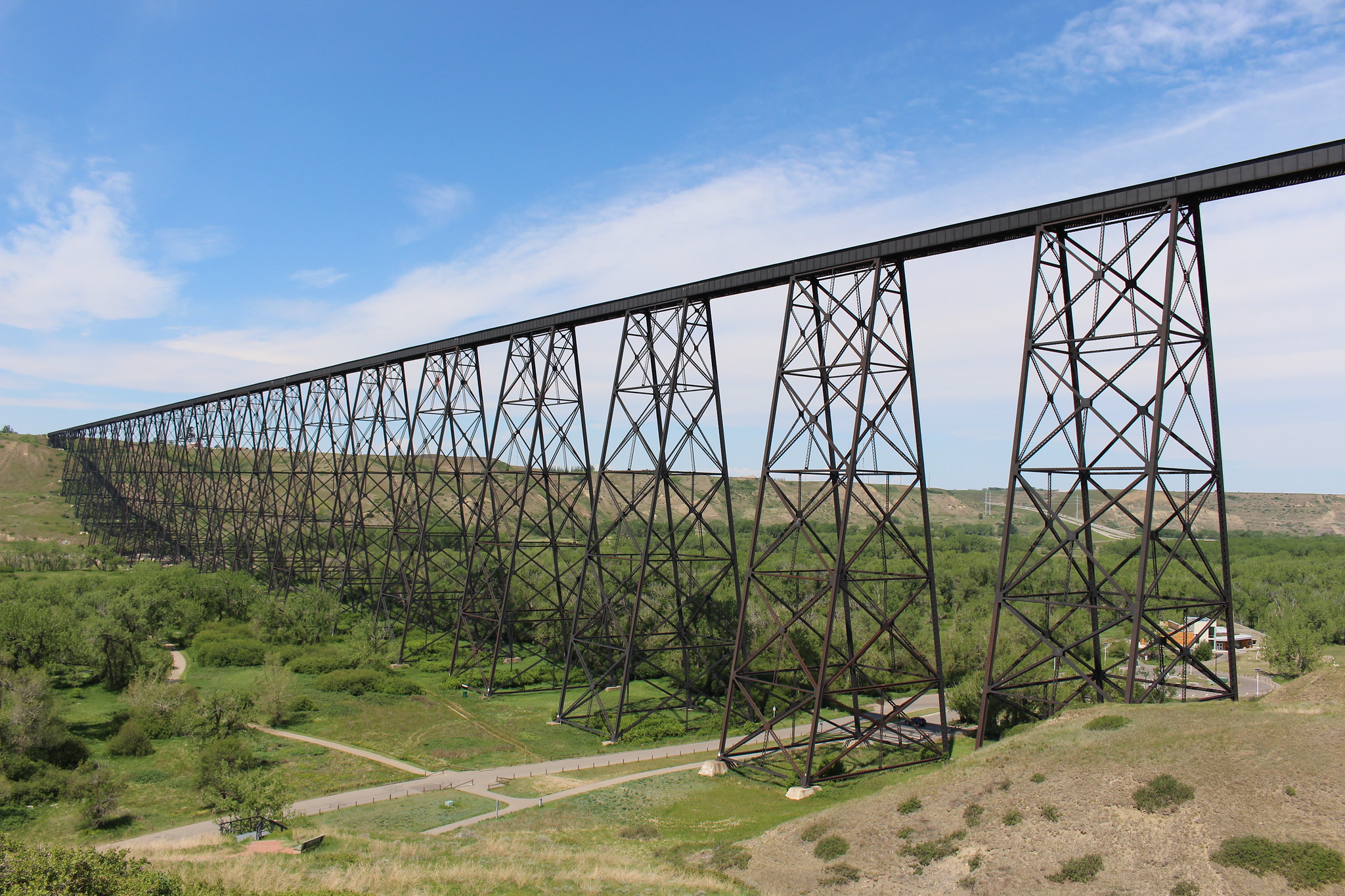
Lethbridge | 2024
Climate Adaptation Strategy and Action Plan
-

Lacombe County | 2018
Lacombe County Climate Resilence Action Plan
-

Jasper | 2024
Climate Risk Assessment Report
-
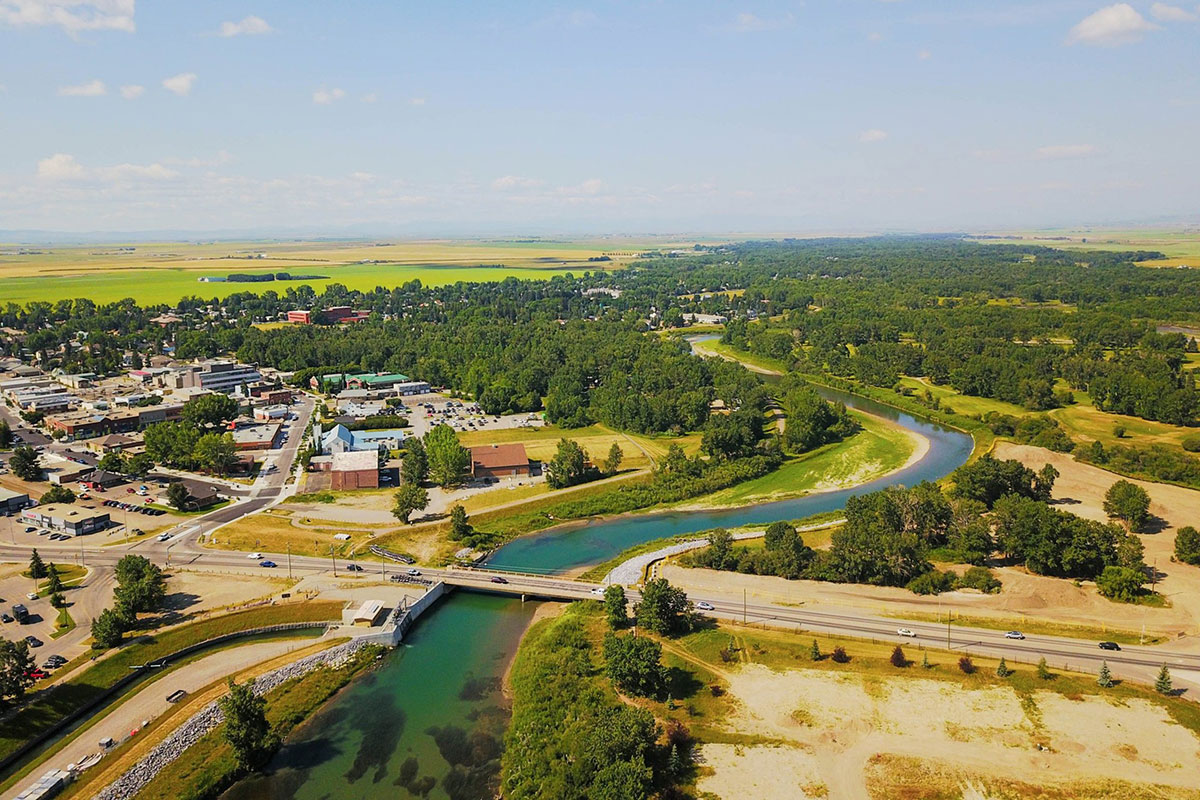
High River | 2023
Climate Change Adaptation Action Plan
-

Okotoks | 2018
Okotoks Climate Resilience Action Plan
-
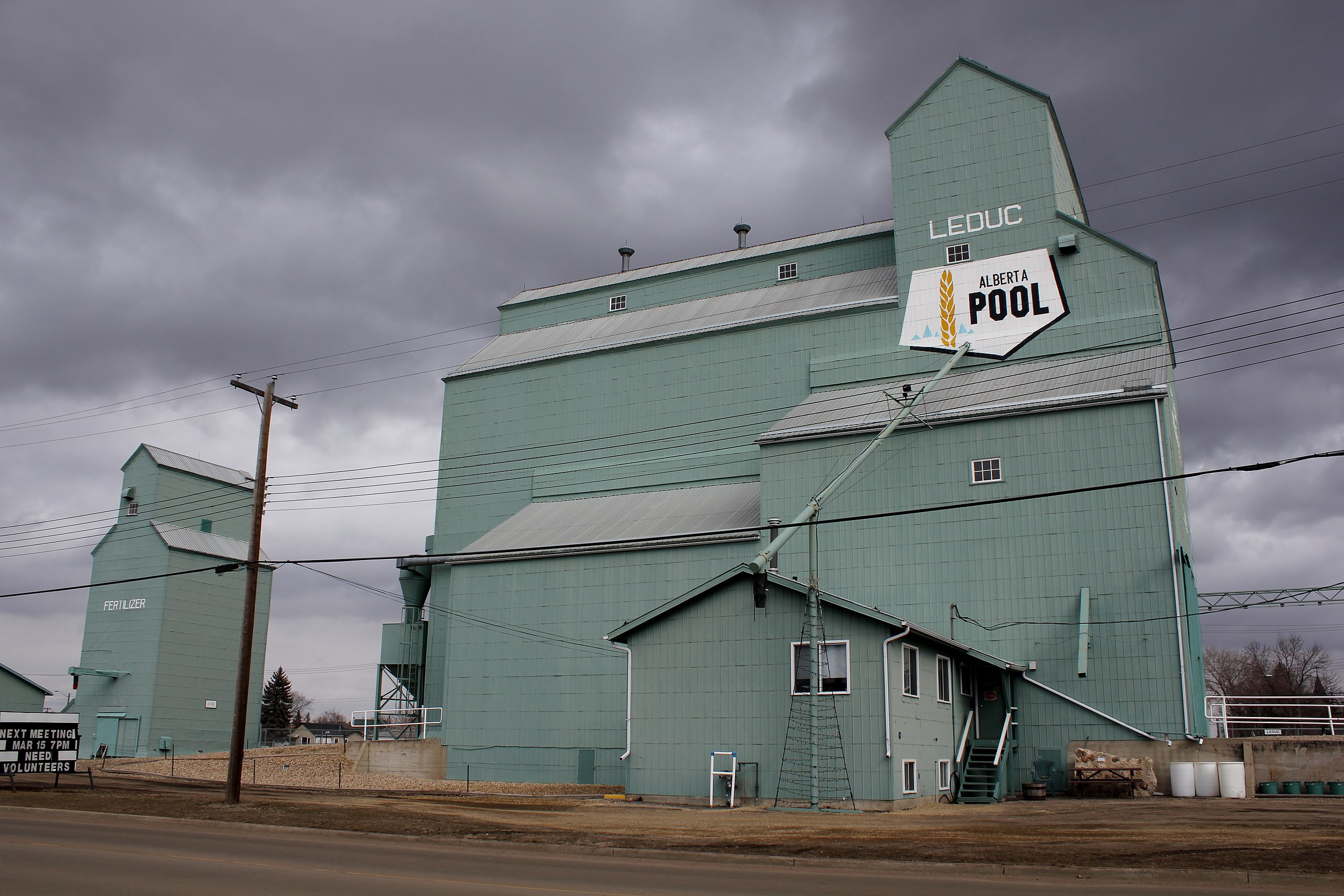
Leduc | 2014
Weather and Climate Readiness Plan
-

Mackenzie County | 2016
Mackenzie County Climate Resilience Action Plan
-

Hinton | 2024
Climate Risk Assessment Report

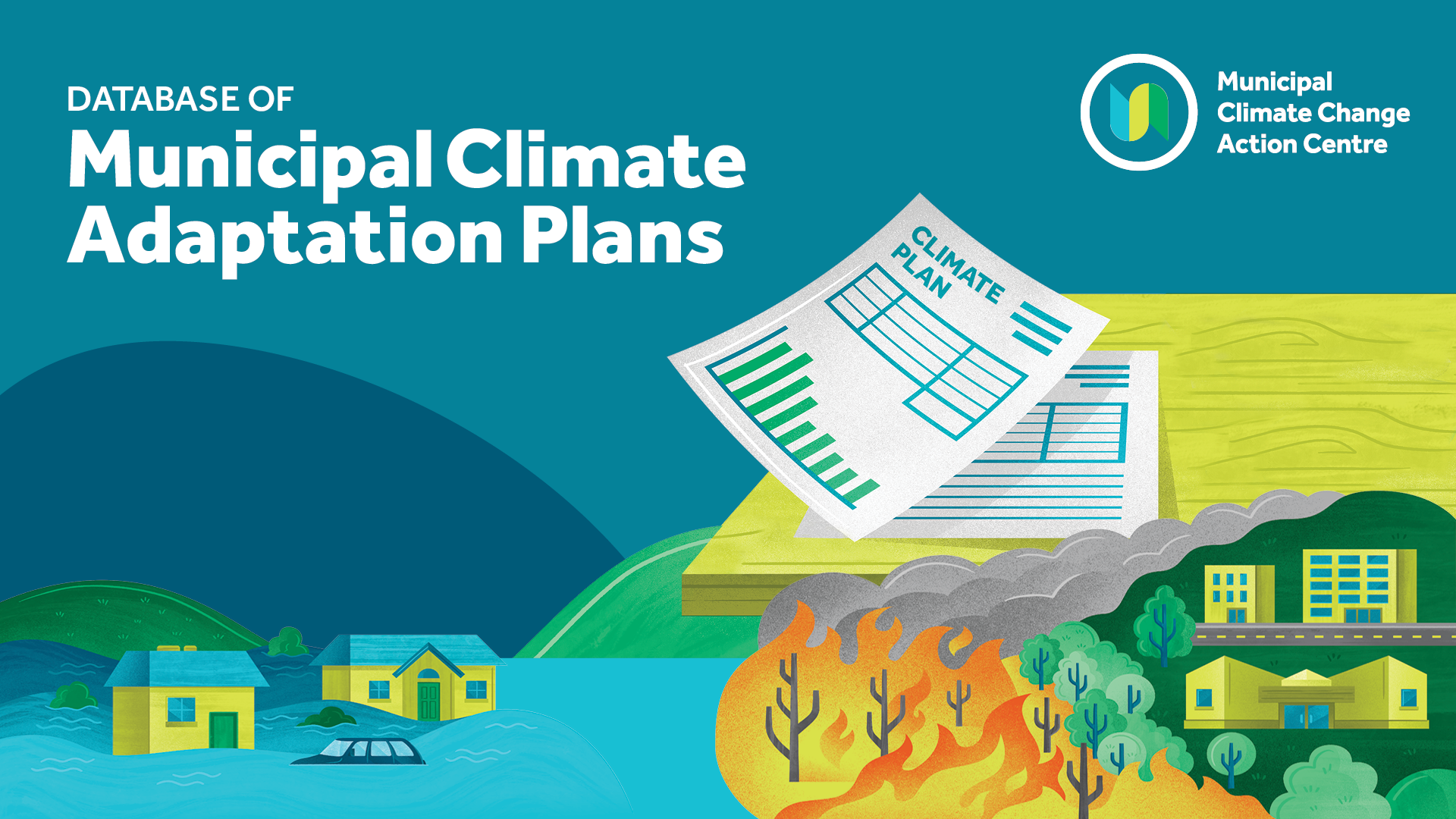
You must be logged in to post a comment.